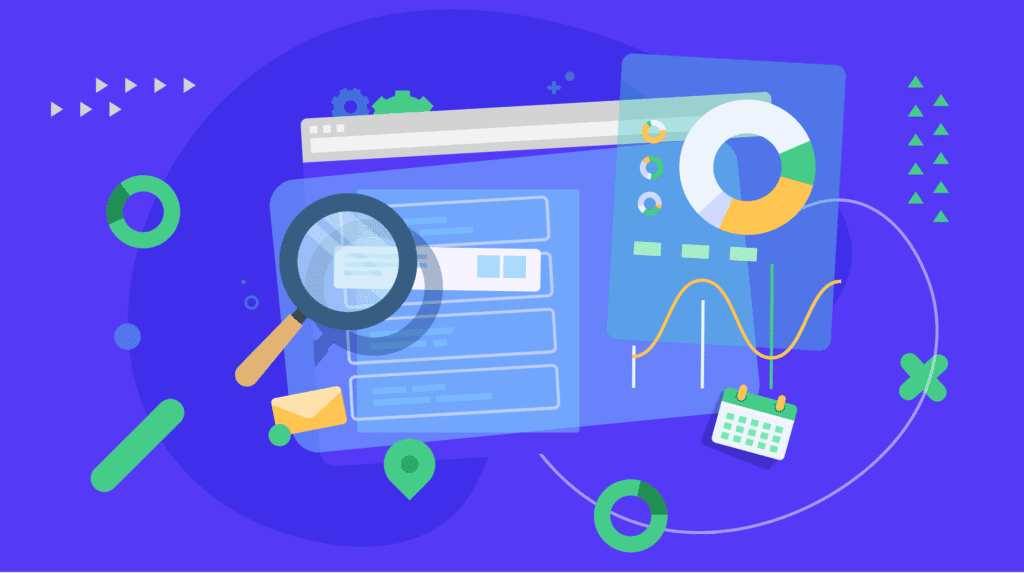We’re only a few months into 2025, and the way people search for information online is already shifting in major ways—thanks to artificial intelligence. With AI tools becoming a bigger part of how users find answers—whether through traditional search engines like Google and Bing or newer AI-first platforms like ChatGPT Search and DeepSeek—one question keeps popping up: How do we optimize for AI search without tossing everything we know about SEO out the window?
Here’s the reassuring part—you don’t have to throw away the playbook. AI search still wants to serve users with the best, most helpful answer possible, just like it always has. But with new ranking factors, indexing methods, and content retrieval processes, it’s time to fine-tune your approach. Based on what we’re seeing, here are four key areas you should focus on to ensure your content stays discoverable, trusted, and cited by AI-driven search engines.
The Changing Search Landscape You Need to Know
Before we get into the tactics, it’s important to understand what’s shifting:
- AI search is catching on fast. ChatGPT’s growing usage represents an estimated $4 billion swing in search behavior—while Google still dominates the broader market, AI-powered platforms are grabbing more attention.
- AI Overviews are taking over more space. These rich snippets now span an average of 1,000 pixels on the search page—a 50% jump since August 2024—which means organic results are getting pushed further down.
- New players are emerging. Platforms like DeepSeek are gaining traction by offering context-aware answers that prioritize efficiency and transparency, hinting at a future where search is far more conversational and nuanced.
With all this in mind, let’s look at four practical strategies that will keep your content in the spotlight.
1. Think Beyond Single Questions: Support Multi-Step Search Journeys
Traditional SEO is built around one question, one answer. A user searches, clicks, and finds what they need. But AI search operates differently—it anticipates where users might go next, stringing together multiple related queries to deliver a more complete picture.
What this means for you:
- Guide users through a journey. Your content shouldn’t just answer one question; it should naturally lead readers to explore connected topics. Think of it like a conversation, where you’re offering the next logical step.
- Offer layered, holistic content. A deeper dive into topics increases the chances that AI will pull your content as a follow-up or supporting answer.
- Use natural language and question formatting. Write as people speak and think. Questions like those found in Google’s “People Also Ask” are perfect building blocks.

ALSO READ: What Is SEO? Search Engine Optimization Best Practices
2. Give AI a Map: Use Schema Markup Thoughtfully
AI crawlers process information differently than humans—they look for structured signals that help them understand the content’s purpose. While we don’t have proof that schema directly boosts rankings, it definitely helps AI grasp what your content is about.
How you can leverage this:
- Help AI understand context. Schema tags answer questions like: Who created this content? What format is it in? What unique details are you offering?
- Use the right tags. FAQPage, HowTo, and Article schemas are great for clarifying your content’s intent—but be cautious not to overuse them, especially on product pages. Google’s John Mueller has warned that too much schema can confuse rather than assist crawlers.
- Schema isn’t a magic bullet—but it’s a helpful hint. Think of it like a roadmap for AI.
3. Make Sure AI Crawlers Can Find You
If your site isn’t crawlable, AI can’t reference it—simple as that. Many websites accidentally block important AI bots through their robots.txt files without realizing it, cutting themselves off from key indexing opportunities.
What you need to do:
- Audit your crawl settings. Look out for bots like:
- Google-Extended (used with Gemini)
- GPTBot (OpenAI’s crawler for training)
- PerplexityBot (for Perplexity AI)
- ClaudeBot (Anthropic’s crawler)
- Check your robots.txt file. Make sure you’re not unintentionally blocking them.
- Monitor indexing in Bing Webmaster Tools. There’s evidence that ChatGPT’s SearchGPT relies on Bing’s index—so keeping an eye here can clue you in if something’s going wrong.
4. Keep Your Site Easily Accessible—Especially Deep Pages
Even less-visible, deeply nested pages can be valuable to AI, especially when it’s building layered answers. If AI can’t reach them, they won’t show up where they matter most.
Why accessibility is crucial:
- AI uses related queries to create more complete answers, meaning even obscure content could be cited if it adds value.
- JavaScript-heavy pages can block crawlers, so having static or pre-rendered versions ensures nothing gets missed.
Tips for improving accessibility:
- Make all pages crawlable. It’s not just about your homepage or blog’s top posts—AI can pull from any corner of your site.
- Use internal links wisely. Guide AI (and users!) toward valuable content by connecting related pages.
- Test for JavaScript limitations. Disable JavaScript temporarily to see if key content disappears—and adjust accordingly.
Looking Forward: It’s Evolution, Not Overhaul
The rise of AI in search doesn’t mean SEO is dead—it’s evolving. Good SEO principles still hold, but you’ll need to tweak your approach to meet the expectations of AI-driven search experiences.
AI search isn’t here to replace what you know—it’s here to build on it. Brands that embrace AI-focused strategies now will be positioned to lead the next generation of search.



